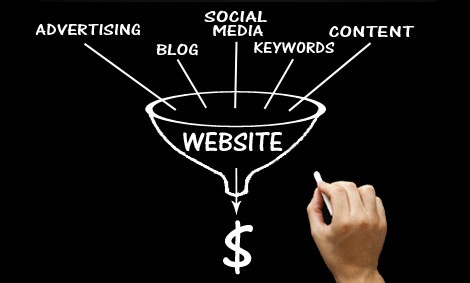Keyword Research
To optimize keywords for popular search engines, it is crucial to know the most popular keywords and phrases in your industry. Keyword research is the foundation of SEO.
Website Audit
To create an effective SEO plan, it is helpful to know where to start. A thorough website audit will give you the understanding of what improvements need to be made and help you create a pathway to get faster results. Organic results take time. The more streamlined your plan is, the faster you will see results.
On Site Optimization
On site and off site optimization are both necessary for effective SEO. On site SEO includes title tags, meta descriptions, meta keywords, header tags, alt image tags, a sitemap and quality optimized content.
Off Site Optimization
For off site optimization, it is important to have a local presence. Local citations with sites like Google + Local, Yahoo! Local and Bing Local prove to be a great way to get faster local recognition. Depending on your city and state, there are other local citations that are useful as well.
Regular press releases, business reviews, editorial publications and product or service reviews are also a big part of getting major search engines to take you seriously. This is a popularity contest. The more quality links you have to your website, the more popular you will become.
Blogging
When it comes to great search engine results, content is king!! A website without a blog is basically an online brochure. A blog tells search engines like Google and Bing that your website is active. Also, each blog creates a new page on your website. Each page gets indexed. The more pages you have, the more chances of getting great SEO results. 70% of traffic comes from content written more than a month ago. Your blog will never stop working for you.
Your blog should speak to your target audience. What kinds of subjects will they find useful? A blog that answers consumers’ questions will set your company apart as an authority in your industry. It builds trust in your consumers. When they get ready to make a purchase, they will buy from the company they trust.


